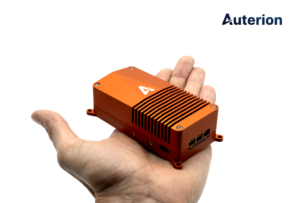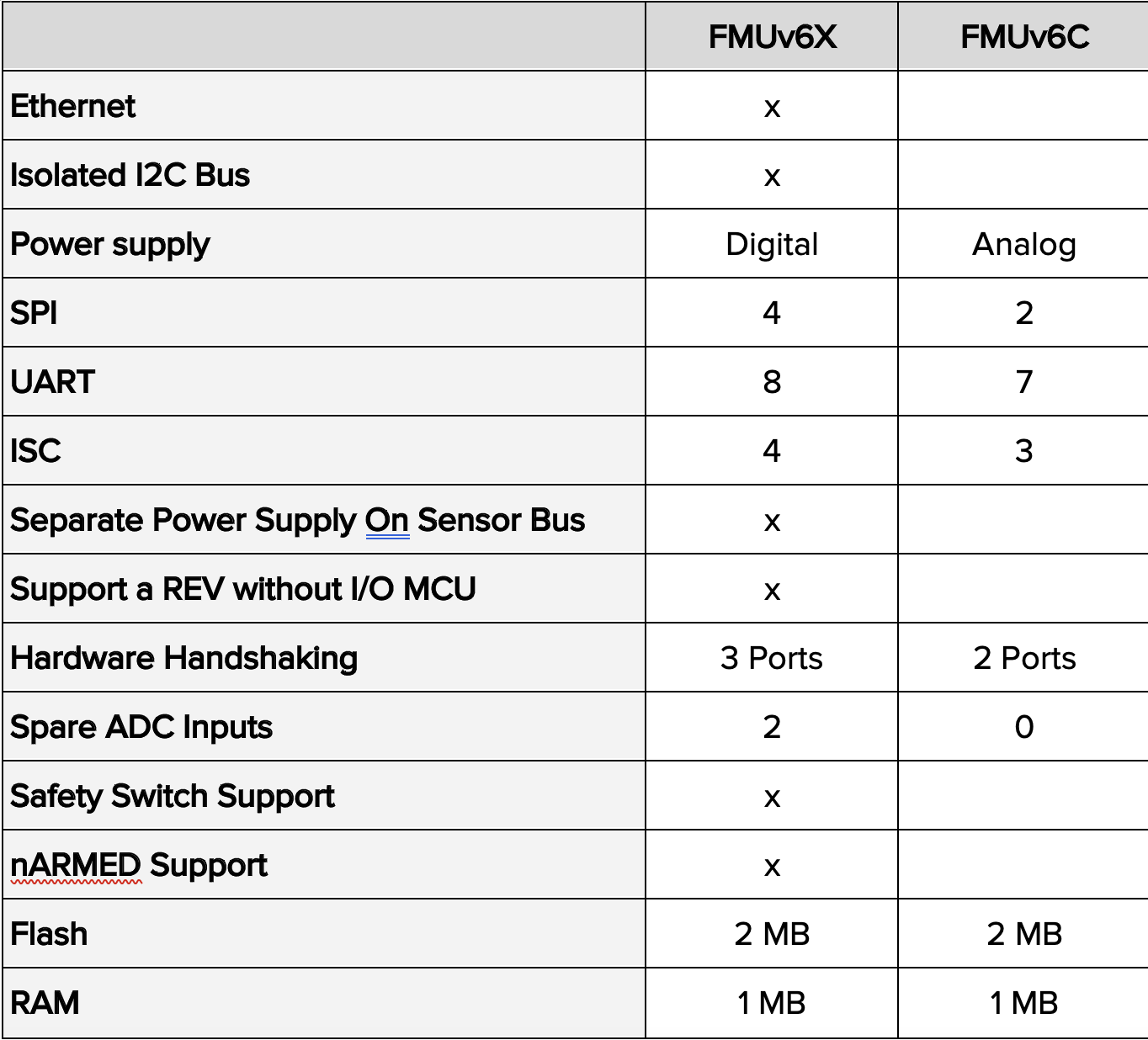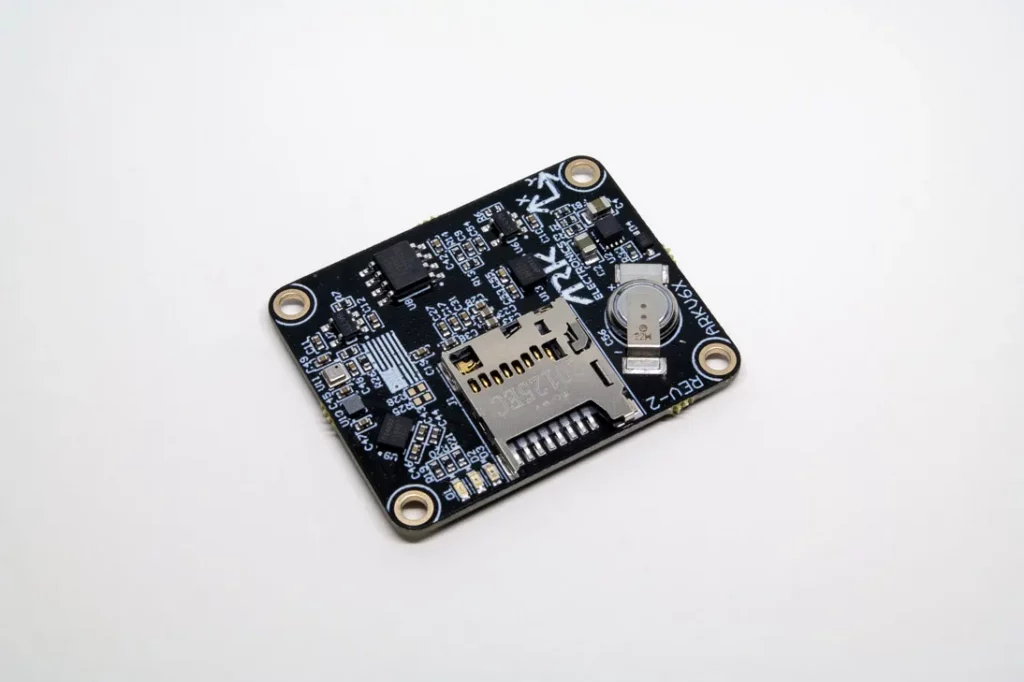 Pixhawk v6 supports innovation through interoperability and provides a robust, feature-rich set of standards designed to help manufacturers bring new aircraft to market.
Pixhawk v6 supports innovation through interoperability and provides a robust, feature-rich set of standards designed to help manufacturers bring new aircraft to market.
The Dronecode Foundation (DF) is the organization behind the Pixhawk FMU (Flight Management Units) Open Standards, open to all with contributions and participation from the Pixhawk Special Interest Group. Member of the Drone Code Foundation.
 What is a Pickhawk?
What is a Pickhawk?
Pixhawk is not a specific product. It is a set of open standards endorsed by leading semiconductor manufacturers, software companies, and drone engineering companies. These standards cover requirements for many aspects of drone hardware and electronic design. The Pixhawk Special Interest Group is responsible for developing the latest standards through regular public meetings hosted by the Dronecode Foundation.
 Dronecode estimates that there are currently over 1 million Pixhawk-based devices in the field as open standards are being implemented by manufacturers, many of whom are DF members such as: Outerion, arc electronic, Horibro, Modal AI, CUAV, 96 boardsWhen NXP Semiconductors.
Dronecode estimates that there are currently over 1 million Pixhawk-based devices in the field as open standards are being implemented by manufacturers, many of whom are DF members such as: Outerion, arc electronic, Horibro, Modal AI, CUAV, 96 boardsWhen NXP Semiconductors.
“One of the great things about open standards, in particular, is that the community has established a consistent way to integrate hardware and software so that components from different companies can work together consistently,” said Dronecode. . “This interoperability through collaboration builds everyone and drives the innovations we see in drones and unmanned vehicles.”
Open source gives new manufacturers access to a mature and proven set of tools and features, as well as a growing ecosystem of hardware options. Using these standards allows manufacturers to focus more resources on innovative features and use cases, adding to their knowledge base and supporting new developments in the industry.
A Pixhawk v6 set of open standards is now available with new features including Ethernet and more processing power.Founder Alex Klimai arc electronics And one of the hardware makers leveraging the Pixhawk v6 standard says the new features will allow users building their own drones to run more sensors, including distance sensors, GPS and telemetry streams. , which opens up new possibilities for projects and use cases. .
The most important, according to Klimaj, is the continued development of interoperability, which is the goal of open source. “The drone industry is a lot like the early computer industry,” he says. “We are really moving beyond having everyone build their own system. We are working towards the idea that we know it works, and that really drives innovation and allows aircraft manufacturers to get to market faster.”
 Four companies currently manufacture hardware using the Pixhawk 6 standard.
Four companies currently manufacture hardware using the Pixhawk 6 standard.
Additionally, Dronecode said: This increases the availability of options and shows how innovation can be built on top of open source technology. ”
FMUv6X & FMUv6C — 6th Gen Pixhawk
now, 6th generation of Pixhawk FMU available In two versions:
- FMUv6X: High-end version built for performance and reliability
- FMUv6C: Built for the cost-conscious market.Reliable and cost effective
All versions of Pixhawk include the latest supported version of PX4 flight controller by default.
Manufacturers can take advantage of Pixhawk by building with open standards or by partnering with verified Pixhawk manufacturers. (These include: Outerion; arc electronics; Horibro; CUAV and others are all committed to maintaining standards. ) The best way to learn more about and get involved with Pixhawk is to get involved. drone codee.
Pixhawk v6 Features
The FMUv6X generation brings the proven features of FMUv5X into an enhanced form factor. Includes:
- High performance STM32H753 processor
- Modular Flight Controller: IMU, FMU and base system are separated.
- Ethernet interface for high-speed mission computer integration
- 3 redundant domains: Fully isolated sensor domains with separate buses and separate power supplies.
- Redundant sensors on separate buses allow continuous operation while losing full redundant domains.
- Bosch BMI088 (TBC) (anti-vibration)
- TDK Invensense ICM-42688-P (TBC) (anti-vibration)
- TDK Invensense ICM-20649 (TBC)
- Bosch BMM150 Compass
- Bosch BMP388 pressure sensor
- GPS External Mag + Baro #1
- GPS External Mag + Baro #2
- Precision barb baro
- Calibration EEPROM for baseboard sensors
- On-IMU calibration EEPROM memory for high accuracy sensors
- Automatic sensor calibration to eliminate signal and temperature variations
- Operating temperature -40 to +85°C
- FRAM memory (SPI2) for configuration data
- Extensive power monitoring
- 2 smart batteries on SMBus or more on UAVCAN
- 5V rail monitoring
- CPU 3V rail monitoring
- 3V rail monitoring for each sensor domain
- External sensor bus (SPI5)
- Redundant Power Supplies: The autopilot can be powered by up to three power supplies and all sensor sets are powered by independent LDOs with independent power control.
- Battery-backed real-time clock for running security applications out of GPS range
- External NFC support over I2C providing an additional GPIO line along with 5V to feed an external NFC reader.
Features of FMUv6C:
- Cost-effective SM32H743 processor
- Thin form factor with cost-conscious all-in-one design
- Newly designed anti-vibration system
- Temperature control IMU
- Available sensors:
- IO Processor: STM32F103
- TDK InvenSense ICM-42688-P Accel/Gyro
- Bosch BMI055
- Isentek IST8310 magnetometer
- TE Connectivity MS5611 Barometer
Delta Pikhawk 6X & 6C

This standard is now available for anyone to download.
About the Drone Code Foundation
The Dronecode Foundation (DF) hosts open source and open standards projects and their communities, forming an ecosystem of critical components for the drone industry. DF is a vendor-neutral foundation for open drone projects and part of the Linux Foundation. We work with developers, end users and recruiting vendors around the world. DF will provide a neutral space for collaboration in the development of open standards between engineers and members of the drone community, providing open alternatives to key hardware and software components in the development of Uncrewed Vehicles. Foster an open ecosystem. www.dronecode.org
About Pickhawk
For over a decade, the Pixhawk project has provided ready-to-use open standards for drones and open hardware. The Pixhawk SIG was formed to address the lack of specifications and guidelines for drone system development and is supported by Dronecode Foundation members who support open standards. Pixhawk is a registered trademark of the Dronecode Foundation. pixhawk.org
Miriam McNabb, editor-in-chief of DRONELIFE and CEO of professional drone services marketplace JobForDrones, is a fascinating observer of the emerging drone industry and drone regulatory environment. With her 3,000+ articles focused on the commercial drone space, Miriam is an international speaker and recognized figure in the industry. Miriam has a degree from the University of Chicago and high tech she has over 20 years of experience in sales and marketing new technologies.
For drone industry consulting or writing, please email Miriam.
twitter:@spaldingbarker
Subscribe to Drone Life here.
